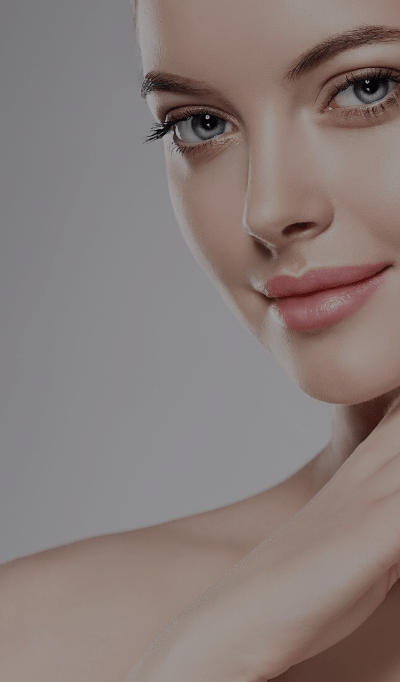
Botox treatment in South Korea and other countries has been so popular that a lot of people are too familiar with, or have done the procedure. Today, flawless skin is the goal of many because of how the Koreans have popularized the glass skin. However, if you have wrinkles and lines in your face, the chances are that it cannot be diminished through skincare alone. Lines and wrinkles, especially moderate to severe ones, need the intervention of treatments like the ever-popular Botox.
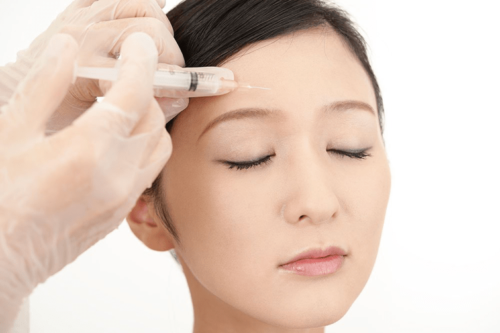
What is Botox treatment?
Botox, or botulinum toxin A, is a drug that has been approved by the US Food and Drug Administration (USFDA), that will release neurotoxins into the site of injection. Neurotoxins can be thought of as a poison that will slow down the function of the nerves near its injection site. It comes in a powder form and is mixed with a saline solution before being administered in a patient.
The injection can help the nerves relax, thereby preventing nerve cells from sending signals to the muscles and inhibiting the muscles from contracting. This drug can be applied in the body, as well as in the face, and is most commonly used for the treatment of lines and wrinkles.
The most common areas that are treated with Botox are the forehead, eyes, jaw, calves, and nose. Consequently, Botox injections are generally recommended to the following individuals:
- Those with jaw muscles that are too developed
- Those with huge or fatty calves
- Those who experience discomfort from body odor due to excessive sweating
- Those who want to lift their face
- Those who wish to diminish the lines and wrinkles on the face
- Those who wish to slim down their calf line without the need for surgery
- Those who have excess fat in the chin area
- Those who have problems with the skin near their eye area
Types of Botox Treatment
Botulinum toxin injections have been developed throughout the years and have been used not only in the face but also in other body parts. Depending on what the patient requires, there are four types of injections that can be used as of today. Even though they differ in kind, all four of these options have the same active ingredient, which is the botulinum toxin. Only one varies as it is primarily made of botulinum toxin B, while the others contain A. The four types of botulinum toxin injections are:
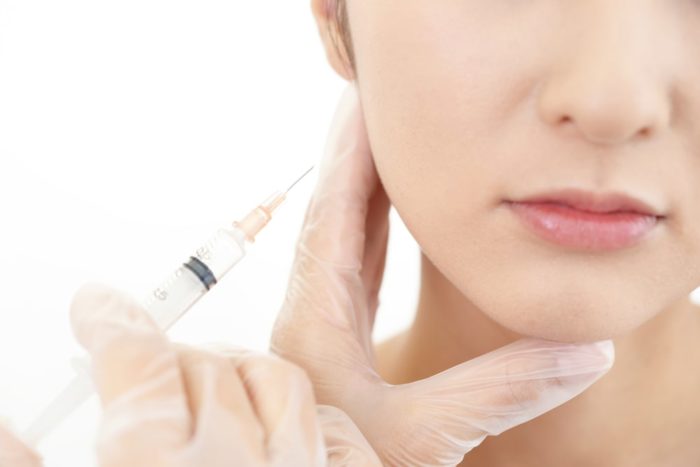
-
Botox
Botox is considered as a treatment to improve the appearance of vertical lines temporarily. These are also known as glabellar lines, or lines in between the eyebrows. You can see them when you squint, frown, or concentrate. It is also for horizontal lines like the ones on the forehead, and lines that are seen in the eye area more commonly known as crow’s feet. This treatment works slower than Dysport but can last longer in effect.
-
Dysport
Dysport is intended to treat moderate to severe vertical lines found on the forehead, as well as those in the eye area. This botulinum toxin injection works a little quicker than Botox and costs more than Xeomin.
-
Xeomin
Xeomin is used to treat the horizontal lines on the forehead, and any lines that are obvious near the eye area. This injection treatment lasts slightly longer than Botox, and it does not contain any additives; thus, it does not require to be refrigerated. Studies show that with this type of injection, people are less likely to become resistant because it is pure.
-
Mybloc
Mybloc injection is the only type of botulinum toxin injection that does not contain botulinum toxin A because it contains botulinum toxin B. It has been suggested that those who have become immune to Botox and Dysport because of continuous use can use Mybloc instead.
Usage of Botox Treatment
Botox is most commonly used for cosmetic and aesthetic purposes, and its most important use is to diminish moderate to severe lines and wrinkles in the face area. However, there are also uses for Botox in the body. For example, slimming and contouring of the calves, or calf reduction, as well as the addition of fats in other body parts. Consequently, the unpopular use of Botox is for medical purposes that require treatment of bodily functions. Some of the medicinal uses for Botox are:
- Cervical dystonia– a condition wherein the neck muscles contract and causes it to twitch and turn in uncomfortable positions.
- Lazy eye– a condition where the muscles are imbalanced for the positioning of the eye.
- Muscle contractures– these are neurological conditions like cerebral palsy. Botox injections can help in relaxing the contracting muscles.
- Hyperhidrosis– a condition in which a person sweats excessively.
- Chronic migraine– Botox can help reduce the frequency of migraines.
- Eye twitching– Botox can relieve the twitching muscles in the eye area.
Procedure Before & After
Even though Botox treatments are a non-surgical procedure, a consultation is still made with the doctor before the process begins. During the consultation, the doctor examines your qualifications for the treatment and also examines the area/s that need treatment. He or she will then discuss with you what they plan to do, as well as the risks that come with the treatment and other information that you may need to know.
Since the botulinum toxin is in powder form, the doctor and his staff will mix this with the right amount of saline solution. Once it has been mixed, it is inserted in a disposable syringe. Before they administer the botox, the area to be treated is cleansed with an antiseptic wipe. This procedure does not need anesthesia, but if the patient prefers, then local anesthesia is given. Using micro needles attached to a syringe, small amounts of Botox will then be injected in the area that is being treated.
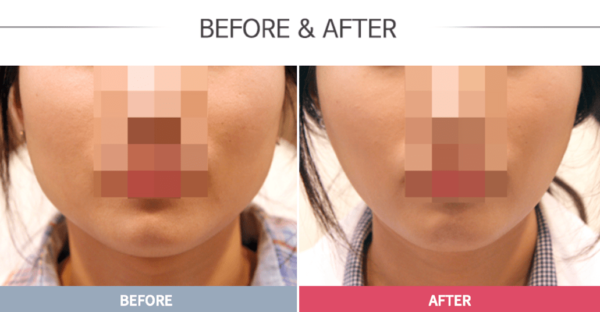
Once the treatment is finished, a noticeable reduction in the lines and wrinkles will be apparent instantly, making the face look smoother and more youthful in appearance. If it is your first time getting a Botox treatment, it is highly suggested that you only have one area treated. This way, the doctor can see how your body responds to the drug. Depending on the dosage, your reaction to the injection, the amount of dose, and the type of botulinum injection used, repeat treatments are required every 3-6 months.
Overall, Botox treatment has been popular and widespread all around the globe. It is considered as one of the most immediate treatments for lines and wrinkles, as well as for medical treatment of bodily functions. With the different types of treatments using the botulinum toxin, interested individuals now have the option on which kind of treatment they would prefer. However, this treatment is required in several sessions for its effect to be much more obvious. Multiple sessions will also help to maintain the effect of the result it gives. For people who are too busy for the downtime surgical procedures require, this is the treatment for you, as it provides instant and guaranteed results.
These types of injections have been approved by the USFDA, and are safe to use for medical and cosmetic purposes. It is still a must that you find a reputable clinic and a doctor with exemplary expertise on plastic surgery to administer the treatment. When this treatment is not carefully done, chances are you will be frustrated with the outcome and may have the wrong appearance for months or even years.
